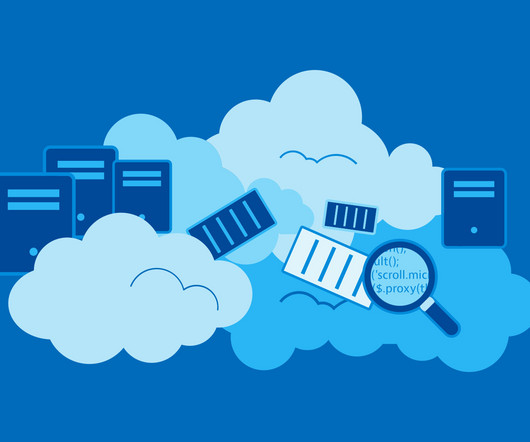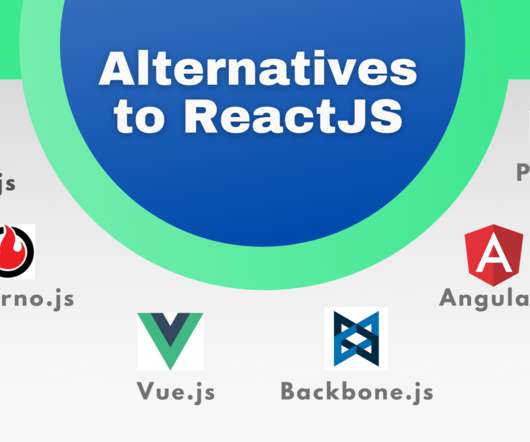What is container orchestration?
Dynatrace
MARCH 24, 2023
Docker Swarm First introduced in 2014 by Docker, Docker Swarm is an orchestration engine that popularized the use of containers with developers. Kubernetes Also developed in 2014 and often referred to as K8s, Kubernetes has emerged as a de facto standard for container orchestration, surpassing Docker Swarm and Apache Mesos in popularity.




















Let's personalize your content